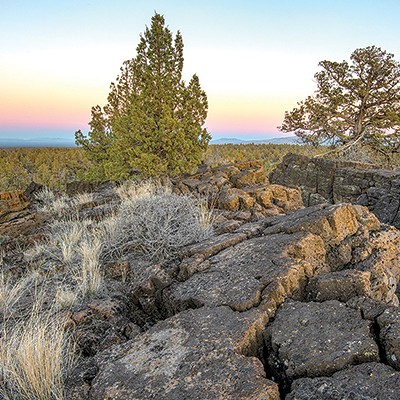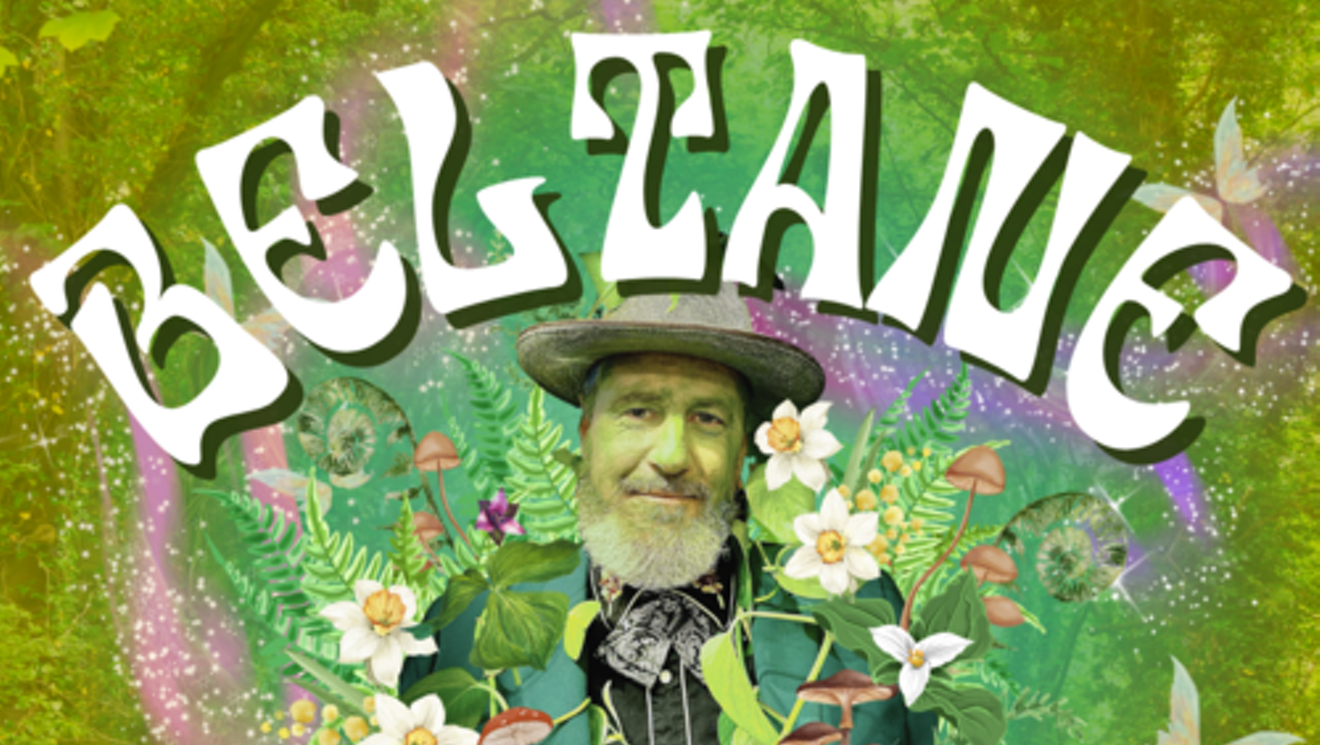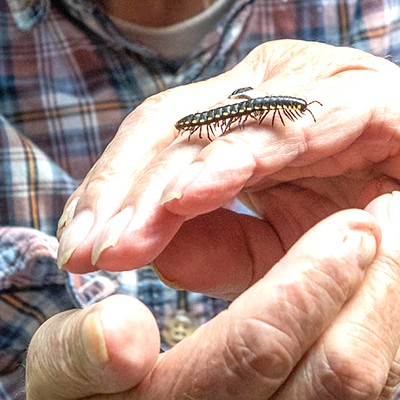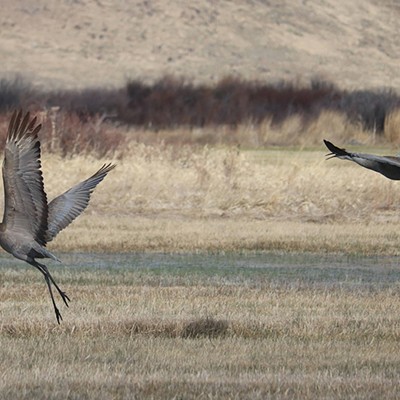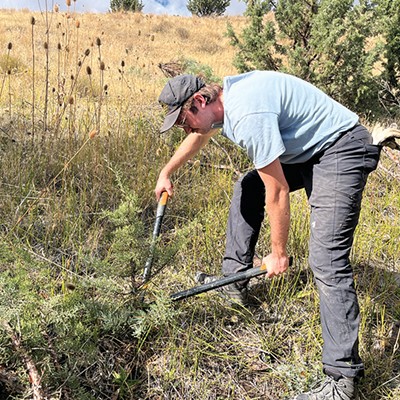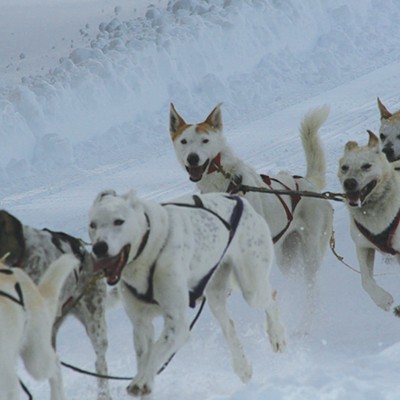Bird strikes that damage, or cause serious problems to aircraft, are nothing new, or particularly rare. A flock of Canada geese struck the engines of a commercial airliner, turning it into a glider. Fortunately, the man upfront was a trained glider pilot and instructor who knew what to do to make a safe landing in the Hudson River without causing injury to his passengers. That incident brought bird strikes into sharp focus at all major airports around the world, including our own Portland International Airport (PDX).
Last Spring, while banding golden eagle nestlings with a team from Oregon Eagle Foundation (OEF), I had the great pleasure of meeting wildlife biologist, Carole Hallett, one of the people who is personally involved in helping to prevent bird strikes at PDX.Carole is a wildlife biologist with over 25 years of experience working with just about every species of Western bird you can name, but raptors (hawks, falcons, eagles and owls) are her specialty.
While PDX has its own staff of wildlife biologists who deal with waterfowl and mammals that wander around the airport causing one or another threat to air traffic, Carole is responsible for the management of raptors. She isn't too concerned about hawks that nest in the local area, as they are somewhat habituated to the sight and sound of airplanes of all types moving through their nesting area and the hawks avoid them. It is the juvenile hawks, short-eared owls and other raptors that are unfamiliar with the area that she worries about.
An example is the juvenile red-tailed hawk above, one of three, she released between Bend and Sisters. That's typical of the wandering hawks that could cause a lot of trouble for an airliner, under the right circumstances. The local birds are marked with tags and colored bands that make them immediately identifiable to the biologists at the airport.
When a stranger shows up and sticks around to hunt for prey at the airport, it is immediately captured in any one of a series of live traps. Carole tags the bird and releases it, hoping it will move on. If it doesn't, it is captured again and taken at least 50 miles from PDX —and not closer than 5 miles from any other airport—and released.
This policy is in sharp contrast with the old method: shoot the invader and be done with it. That policy, unfortunately, is still used in some areas, as was demonstrated recently when a beautiful Snowy Owl was shot by government trappers. It somehow found its way to Hawaii from the Arctic Circle where it came to rest in middle of one of the active runways at the airport on the Big Island, a dangerous place for man or beast.
While Carole's release of the three juveniles hawks here in the Sisters country may appear to be a little overkill, it just so happened that she was coming to this area directly from PDX to work with the OEF eagle banders. She brought the three hawks along for release, knowing there's little chance they'll find their way back to PDX.
In addition to her raptor-management talents, Carole is mom to her 11-year-old son, Micah. She's also an experienced Volkswagen mechanic who has rebuilt several VW engines, a beekeeper, a Master Gardener and treasurer of her local PTA. In her remaining spare time, she rescues wildlife injured by motor vehicles.
An example of the latter was a pigeon she saw injured on the roadway. Carole was about to pass it by, but then seeing it move, she turned around, went back and picked it up. After a cursory examination she saw it was badly injured and gently placed it on the floor behind the driver's seat and continued on to pick up Micah at school. When he jumped into the back seat, he saw the pigeon and said, "Mom, do you know there's a dead pigeon behind your seat?"
Carole's response was that it wasn't dead, and suggested Micah take a better look. Sure enough, he could see it twitching. Months later, after a long-and-lengthy rehabilitation process, the bird was released into a local flock where it was seen to lay eggs and raise several squabs.
That sense of care and respect with injured wildlife and raptors was obvious as she assisted the golden eagle banding team. Meeting that kind of person and working with her enriches one's life and helps to refresh a sense of value and respect for all the creatures that share space and resources with us on this beautiful old Planet Earth.
Fishing Report
ANTELOPE FLAT RESERVOIR: trout. Fishing has been good but boat anglers are catching more fish than bank anglers. A few hold-over fish from last year ranging from 14 to 18-inches long are still being caught.
BEND PINE NURSERY POND: trout. The pond was recently stocked with rainbow trout.
BIG LAVA LAKE: rainbow trout. Fishing is good. ODFW is currently removing invasive tui chubs from Lava Lake. The chub removal program is designed to reduce competition with game species and increase the size of trout.
CRANE PRAIRIE RESERVOIR: rainbow trout, brook trout, kokanee, largemouth bass. High temperatures will likely push trout into the old river channels.
CRESCENT LAKE: rainbow trout, brown trout, lake trout and kokanee. Kokanee fishing has been good.
CROOKED RIVER BELOW BOWMAN DAM: redband trout and mountain whitefish. Fishing for trout has been good.
DAVIS LAKE: redband trout, largemouth bass. Water is much higher than normal and all boat ramps are accessible. Please note this is a fly-fishing only lake. Please check your synopsis for the regulations for this water body.
LAKE BILLY CHINOOK rainbow trout, brown trout. No recent reports but there should be good fishing for rainbow and brown trout. Rainbow trout average 10 to 16-inches, while brown trout up to 26-inches are available. Anglers will find better access downstream of Lower Bridge.
EAST LAKE: rainbow trout, brown trout, Atlantic salmon, kokanee. Fishing is good. ODFW is currently removing invasive tui chubs from Paulina Lake. The chub removal program is designed to reduce competition with game species.
HOSMER LAKE: Atlantic salmon, brook trout. Open to fishing and annual population sampling indicates that Atlantic salmon and brook trout populations are healthy. Fishing on Hosmer is restricted to fly fishing with barbless hooks.
LAKE BILLY CHINOOK: bull trout, brown trout, rainbow trout, kokanee, smallmouth bass. Fishing for smallmouth bass should be great right now. Fishing for kokanee has been excellent. Kokanee are averaging about 10 to 11-inches long.
WALTON LAKE: rainbow trout. Fishing should be good since more fish were stocked this week. With the warming temperatures, anglers should fish during the cooler times of the day and fish near the springs.
WICKIUP RESERVOIR: rainbow trout, brown trout, kokanee, largemouth bass. Fishing is good with opportunities for large kokanee.

